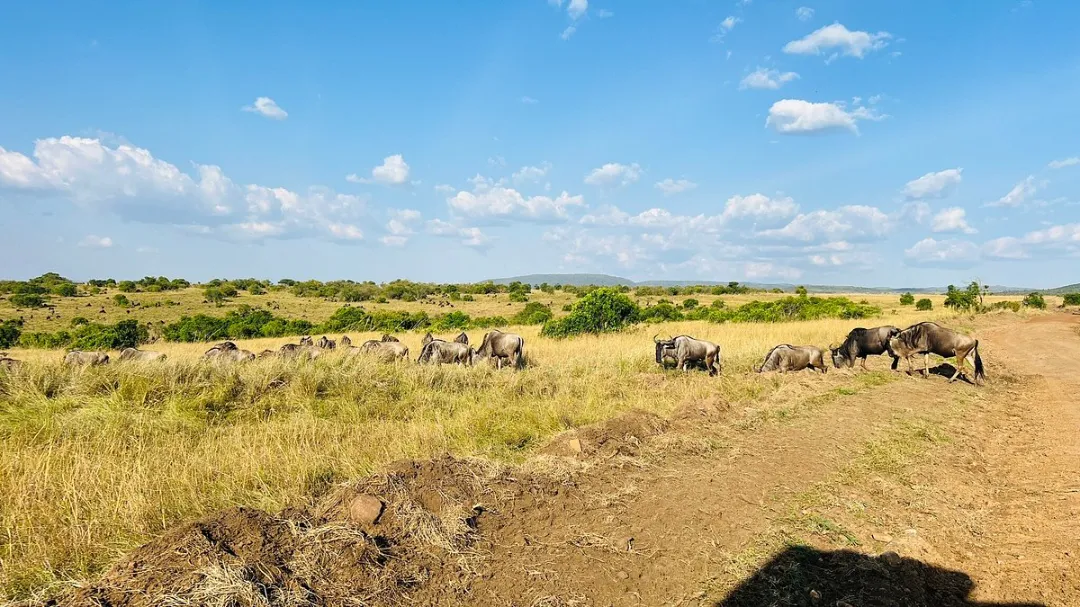Geology Masai Mara: A Comprehensive Guide to Kenya's National Reserve
Table of Contents
The geology of the Maasai Mara National Reserve reveals a land shaped by ancient rocks, volcanic formations, and tectonic activity, all of which contribute to the fascinating geology of the Masai Mara. These geological processes have created the unique landscapes and diverse ecosystems we see today. This guide explores these features, including the Mau Escarpment, the Mara River, and volcanic rock formations, and their role in shaping the reserve’s ecology.
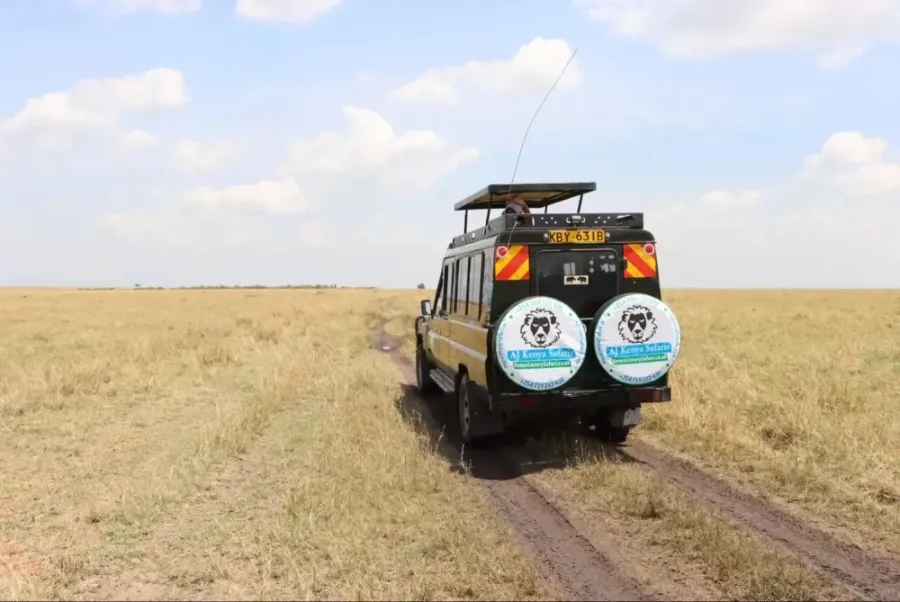
The Geology of Masai Mara - Key Takeaways
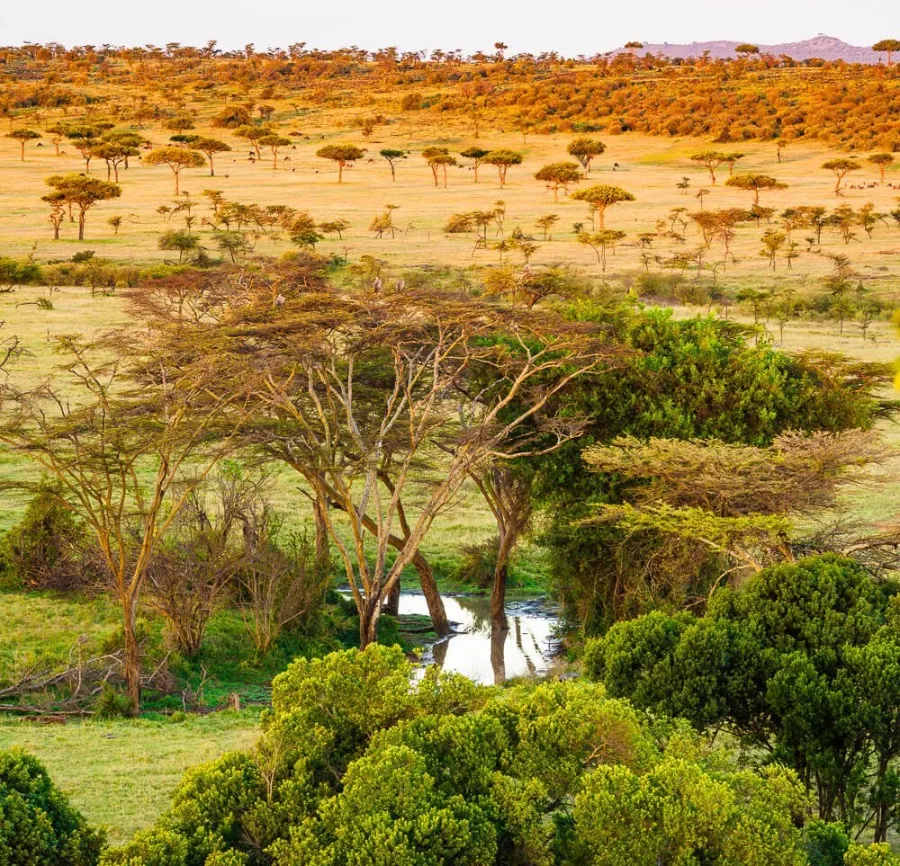
The Maasai Mara’s geological foundation includes ancient igneous and metamorphic rocks shaped by volcanic activity and erosion, significantly influencing the reserve’s landscape.
Tectonic uplift and faulting from the East African Rift System have created key geological features, including escarpments and wetlands, supporting a diverse ecosystem.
The interplay between geological processes and the Mara River Basin is vital for hydrology and biodiversity, enhancing ecological stability during dry seasons.
The Influence of the East African Rift System
Nestled within the vast expanse of the East African Rift System, the Masai Mara’s geology is profoundly influenced by tectonic uplift and faulting. This dynamic geological setting has dramatically shaped the terrain, giving rise to the striking features that define the reserve. Delving deeper into the Masai Mara geology reveals that rifting processes have played a pivotal role in shaping the landforms and ecological dynamics of the Masai Mara. As part of the Great Rift Valley, the region shares its geological heritage with some of Africa’s most iconic landscapes. The nearby Great Lake Victoria Basin further contributes to the broader tectonic and hydrological context, influencing climatic patterns and biodiversity corridors across the region. The towering Oloolo Escarpment lies as one of the most prominent geological features resulting from this tectonic activity. This steep escarpment, formed by faulting, is a defining aspect of the Masai Mara’s topography. The fault lines and resulting escarpments have not only shaped the landscape but also influenced the drainage patterns and water flow within the reserve, marking what can be described as a natural northwest boundary of the region.
Volcanic Activity and Rock Formations
Volcanic activity has significantly shaped the Masai Mara’s geological features. The reserve’s history is marked by periods of intense volcanic activity, which have left behind a legacy of rock formations and fertile soils. Volcanic processes have contributed to the formation of granite and quartz, now prominent landscape features. These ancient rocks, born from the fiery depths of the Earth, provide a glimpse into the region’s tumultuous geological past.
The granite and quartz rock formations that dot the Masai Mara are more than just geological curiosities; they play a crucial role in supporting the diverse wildlife of the region. The quartz rock formations create a variety of habitats, from rugged cliffs to sheltered valleys, each offering unique ecological niches. The interplay of these geological features with the local flora and fauna highlights the intricate connections between geology and biodiversity.
Evidence of ancient volcanic activity is visible everywhere in the Masai Mara, from towering cliffs to rolling hills. These geological features not only define the landscape but also influence the distribution of vegetation and wildlife. The rich volcanic soils, formed from the weathering of these rocks, support lush grasslands and woodlands that are essential for the survival of herbivores and their predators.
Alongside these volcanic features lie sedimentary deposits and other lacustrine sediments, which reflect the region’s varied geological history and contribute to soil diversity. In areas where younger rocks overlay older formations, such as where the Sekenani sector lies, the terrain displays a fascinating contrast of textures and colors. The Ngama Hills, located in the eastern part of the reserve, further showcase this geological diversity with their unique rock compositions and rolling contours. On the western edge of the reserve, the towering Oloololo Escarpment lies, a dramatic reminder of the region’s volcanic and tectonic history.
Soil Composition and Erosion Processes
The soil composition of the Masai Mara soil is a testament to the region’s complex geological history. The volcanic soils, enriched with minerals and nutrients, are particularly fertile and support a rich array of vegetation. This fertility is a key factor in the productivity of the Maasai Mara ecosystem, providing abundant grazing grounds for herbivores and, in turn, sustaining their predators. The interplay of different soil types, from sandy soils to black cotton soils, creates a diverse mosaic of habitats that contribute to the region’s ecological richness.
Erosion processes have also played a significant role in shaping the Masai Mara’s landscape. Heavy rainfall, coupled with the region’s varied topography, has carved out valleys, gorges, and gullies, creating a dynamic and ever-changing terrain. These erosional features are not just geological curiosities; they play a crucial role in the hydrology and ecology of the reserve, influencing water flow and soil distribution.
The Mara River lies at the heart of the Maasai Mara Reserve, showcasing its importance in the ecosystem. It flows through rugged rivers and deep river valleys, contributing to the natural southwest boundary of the reserve. The river’s journey from the Kenyan Highlands to the Great Lake Victoria Basin is marked by the deposition of lacustrine sediments, enhancing the fertility of surrounding lands.
Major Rivers: Mara and Talek
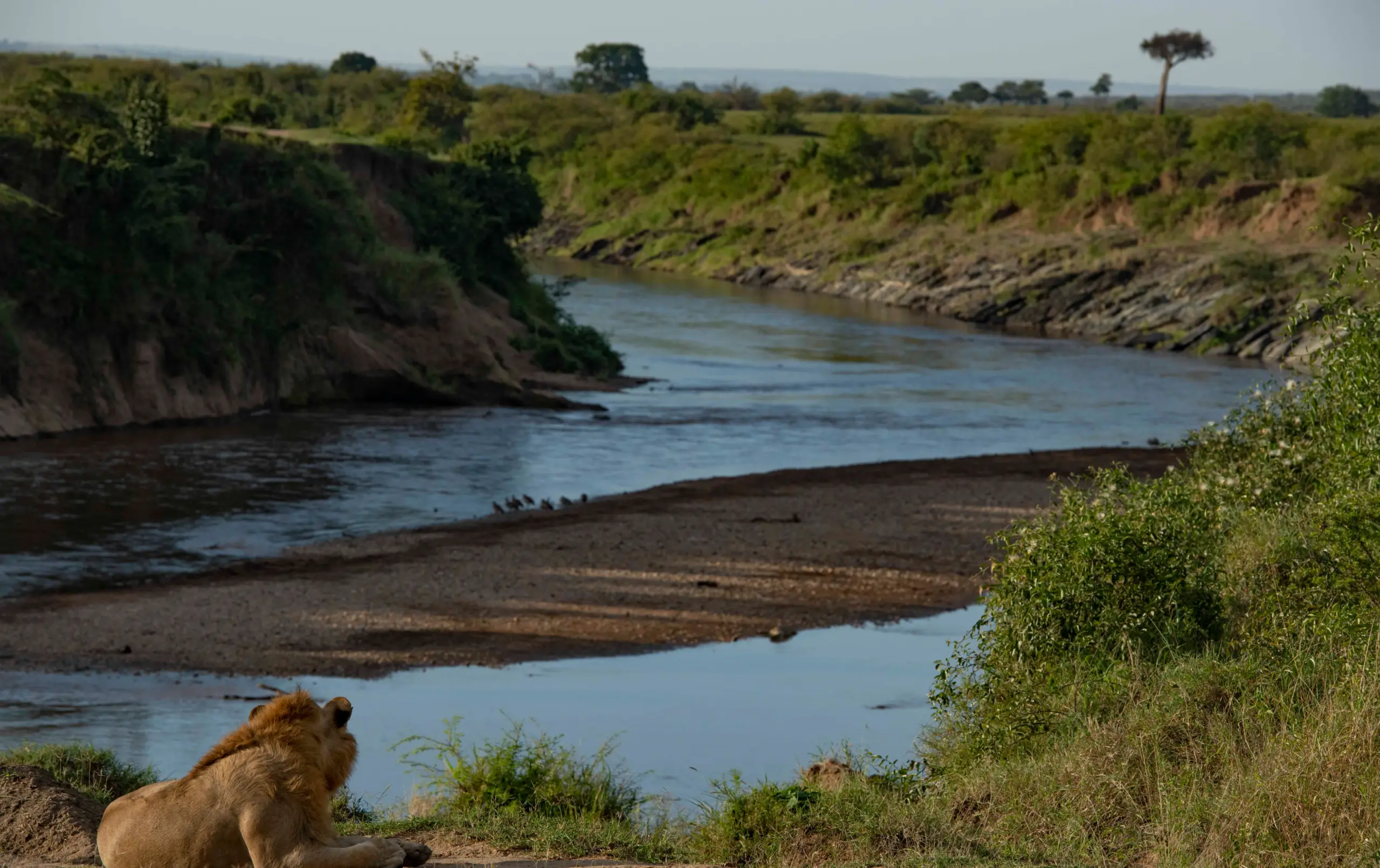
The Masai Mara National Reserve is crisscrossed by two major rivers, the Mara and Talek, each playing a significant role in the region’s ecology. Extending approximately 85 kilometers, the Talek River is a critical ecological resource supporting both wildlife and local communities. During the rainy seasons, the Talek River swells significantly, providing an essential water supply, while in drier months, it may reduce to isolated pools. These seasonal changes create dynamic habitats that are crucial for the survival of various species in the Masai Mara National Reserve.
The Talek River acts as a vital corridor for wildlife migration, facilitating movement between different areas of the reserve. Its lush riparian vegetation provides habitat and food for numerous wildlife species, from birds to large mammals. However, human activities near the river, such as unregulated livestock grazing, pose challenges to its ecosystem integrity. The cultural practices of local Maasai communities, who use the river for livestock watering and ceremonial purposes, add another layer of complexity to the river’s ecological dynamics.
The Mara River complements the Talek River by providing a continuous water source and supporting a diverse range of habitats, playing a critical role in the larger Mara-Serengeti ecosystem. Together, the Talek and Mara Rivers create a network of lifelines that sustain the rich biodiversity of the Masai Mara National Reserve, with each river flowing as a vital artery of the landscape.

Frequently Asked Questions
How has volcanic activity shaped the Maasai Mara?
Volcanic activity has significantly shaped the Masai Mara by forming granite and quartz rock formations, which foster diverse habitats and support rich biodiversity in the region.
What role does the Mara River play in the Masai Mara ecosystem?
The Mara River plays a crucial role in the Mara Serengeti ecosystem by providing essential water resources, supporting riparian vegetation, and facilitating wildlife migration between the Masai Mara and Serengeti. Its importance cannot be overstated, particularly during the dry season, when Mara River flows sustain life across vast stretches of the savannah.
How do geological features influence wildlife in the Maasai Mara?
Geological features significantly influence wildlife in the Masai Mara by providing essential nesting sites for birds and supporting fertile soils that sustain large migratory herbivore populations. This interplay of geology and ecology fosters a diverse and thriving
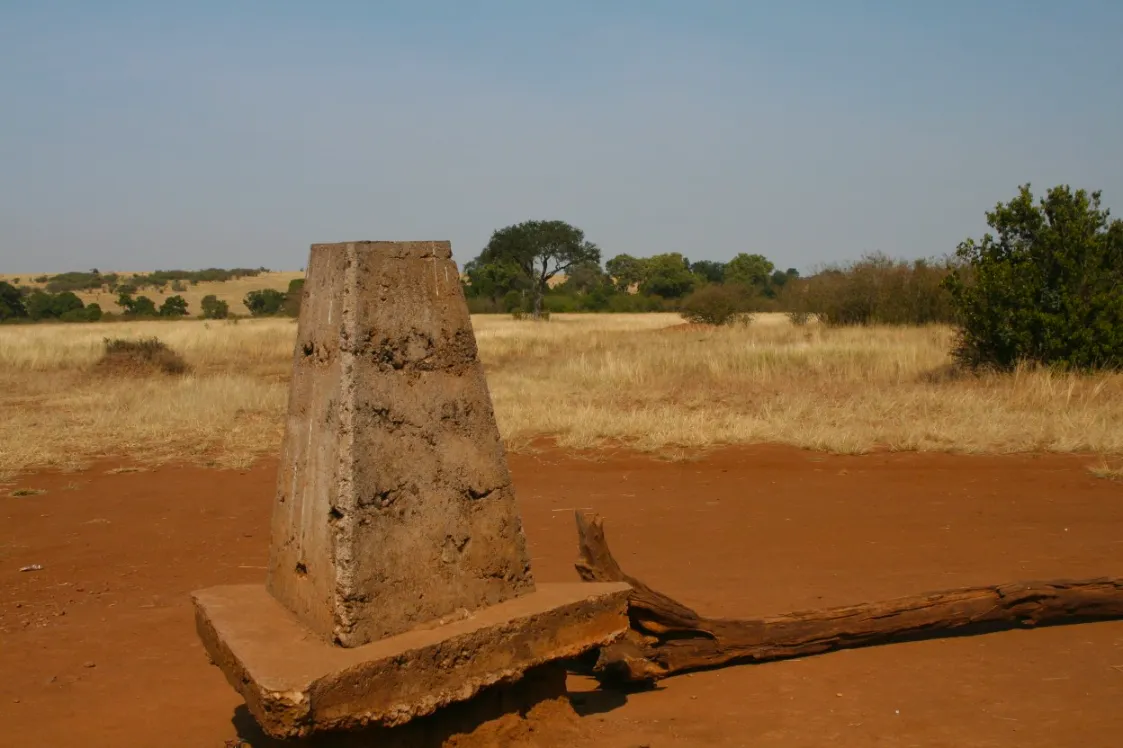
Information About Masai Mara and Conservancy:
Welcome to AjKenya Safaris
Thanks for stopping by! We’re excited to help you plan an unforgettable safari.
- Phone: +254 748 258880
- WhatsApp: +254 748 258880
- Email: [email protected]
- Email: [email protected]




